In 2015-16 Mizoram had highest %age of female workforce; J&K, Chandigarh had lowest: E&U Survey of Labour Dept
Updated: Jul 30, 2018 10:59:30am
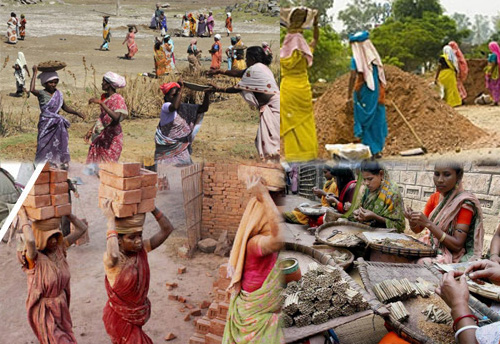
In 2015-16 Mizoram had highest %age of female workforce; J&K, Chandigarh had lowest: E&U Survey of Labour Dept
New Delhi, July 30 (KNN) Mizoram had the highest percentage of worker population ratio for female aged 15 years and above in the year 2015-16 while Jammu and Kashmir had the lowest followed by Chandigarh during the same period.
According to usual Principal and Subsidiary Status Approach under Third, Fourth and Fifth E&U Survey of Labour Department, overall India had 25.8 per cent of worker population ratio for female in 2015-16 which was 29.6 per cent in 2013-14.
Delhi had only 11.7 per cent of female workers in 2015-16 as compared to 10.0 in 2013-14. Maharashtra had 32.8 per cent, Karnataka 33.3 per cent, Jharkhand 8.2 per cent, Gujarat 19.9 per cent, Bihar 17.8 per cent and Andhra Pradesh 47.0 per cent.
Punjab had 9.4 per cent of workers as female during both 2013-14 as well as 2015-16 period. J&K female worker percentage had declined from 16.4 per cent in 2013-14 to 7.9 per cent in 2015-16.
As per results of the most recent labour force surveys conducted by NSSO, the estimated female Worker Population Ratio (%) on usual status basis in the country during 2009-10 and 2011-12 are 26.6% and 23.7% respectively, Santosh Kumar Gangwar, Union Minister of State (I/C) for Labour and Employment said this in a written reply to a question in Lok Sabha today.
He said as per the last three rounds of Annual Employment –Unemployment (EUS) Surveys conducted by Labour Bureau in the year 2012-13, 2013-14 and 2015-16, the Worker Population Ratio for Female aged 15 years & above according to Usual Status basis are 25.0%, 29.6% and 25.8% respectively.
He said Ministry of Labour and Employment has targeted the issue by taking various steps to increase female labour participation rate which includes the enactment of the Maternity Benefit (Amendment) Act, 2017 which provides for enhancement in paid maternity leave from 12 weeks to 26 weeks and provisions for mandatory crèche facility in the establishments having 50 or more employees; issue of an advisory to the States under the Factories Act, 1948 for permitting women workers in the night shifts with adequate safety measures.
The Equal Remuneration Act, 1976 provides for payment of equal remuneration to men and women workers for same work or work of similar nature without any discrimination. Further, under the provisions of the Minimum Wages Act, 1948, the wages fixed by the appropriate Government are equally applicable to both male and female workers and the Act does not discriminate on the basis of gender. (KNN Bureau)

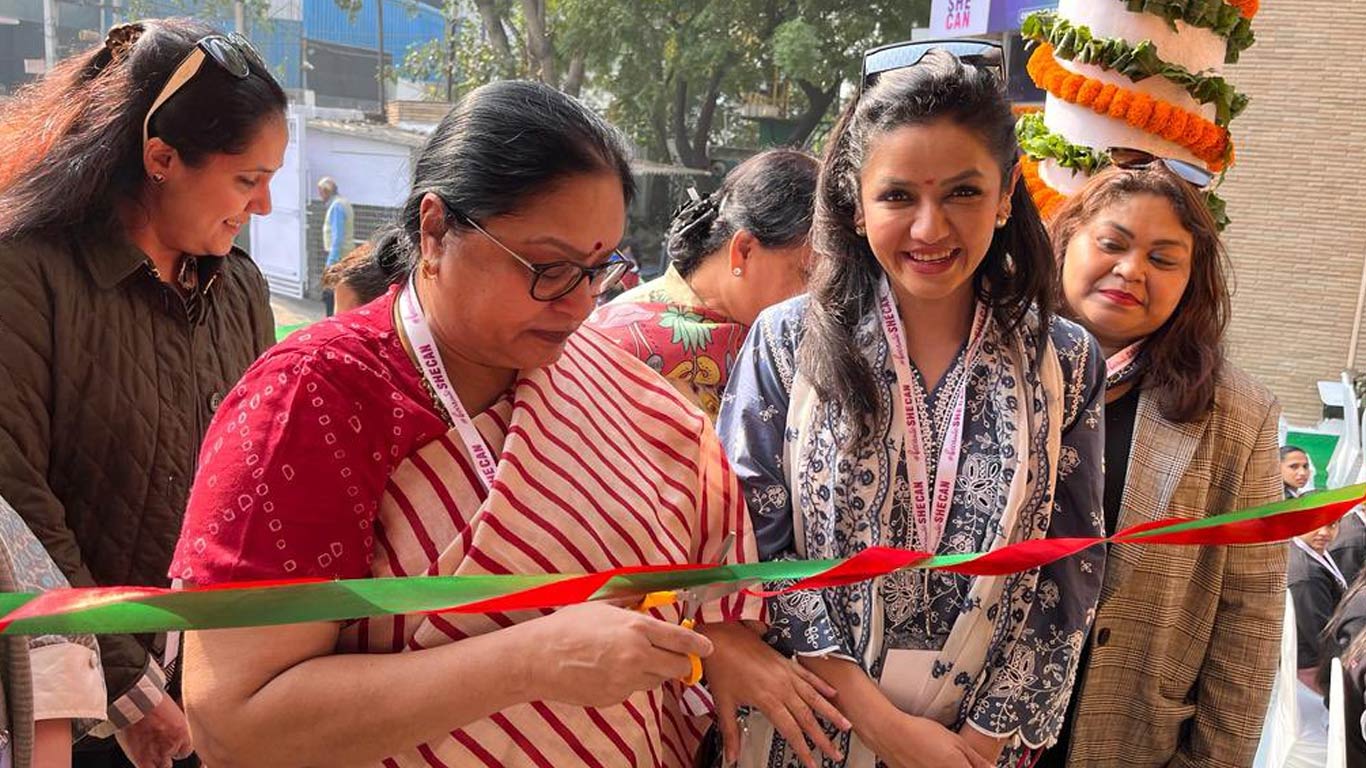
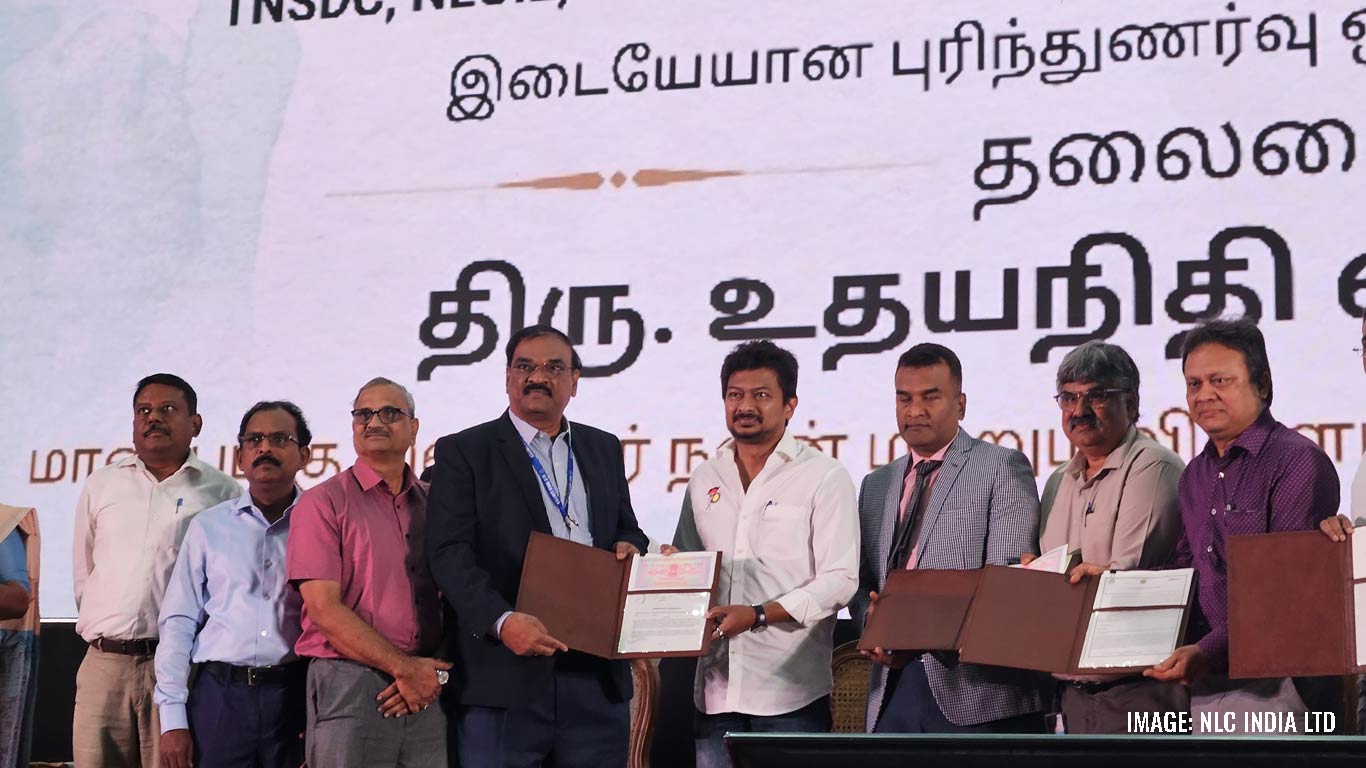

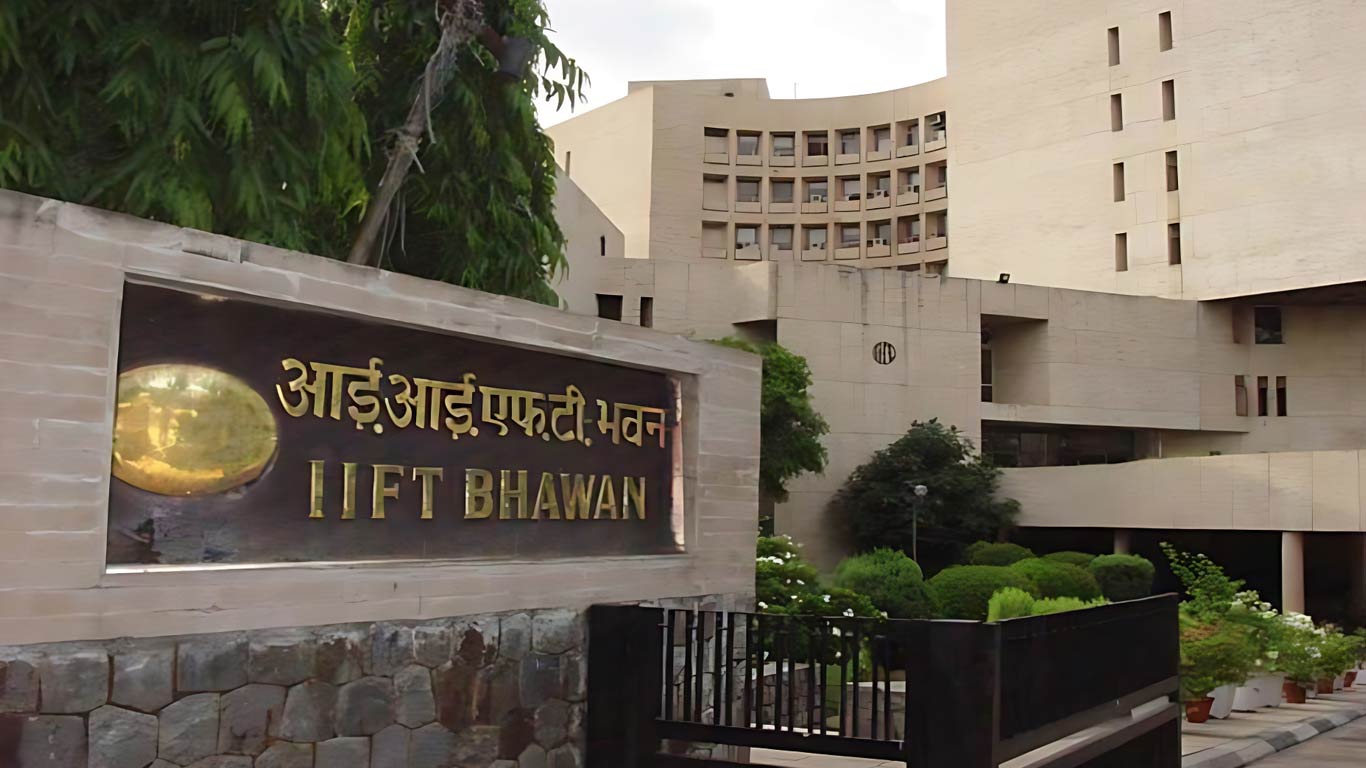
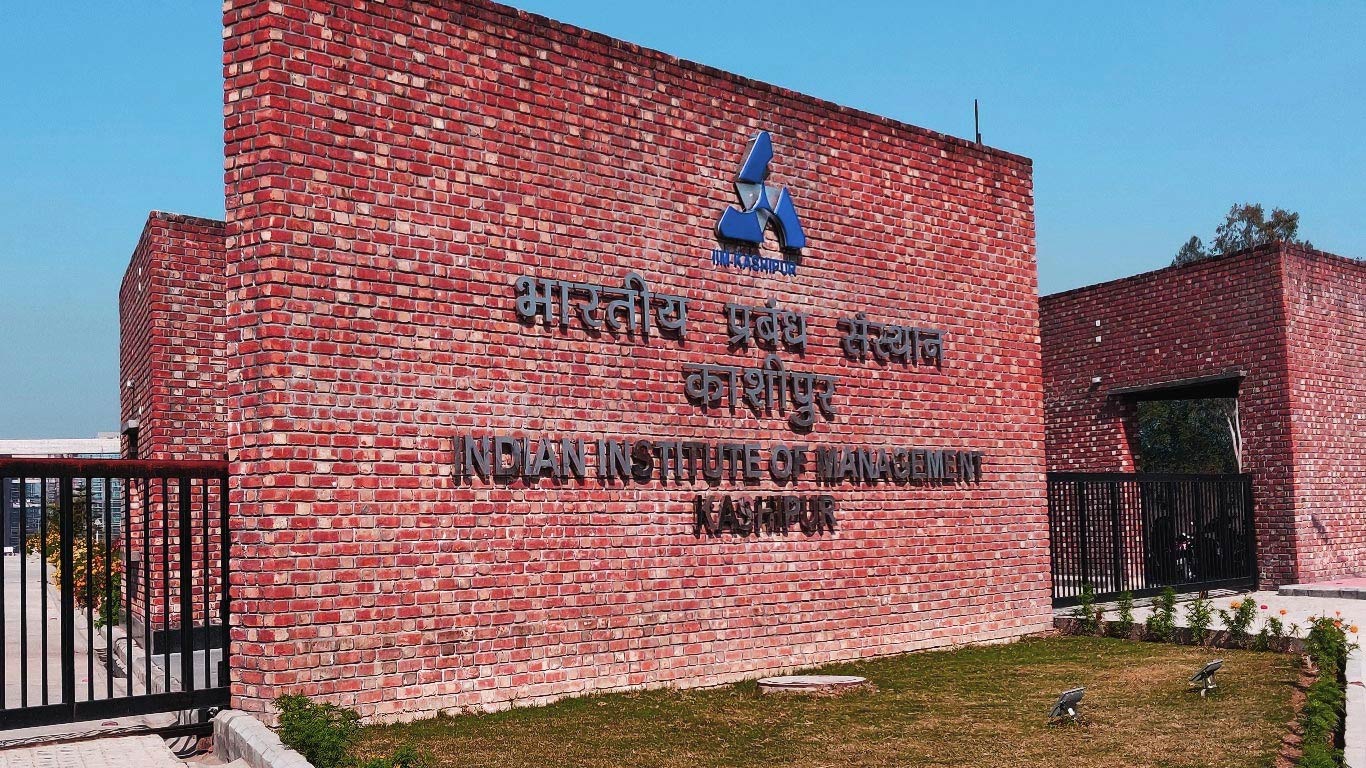





